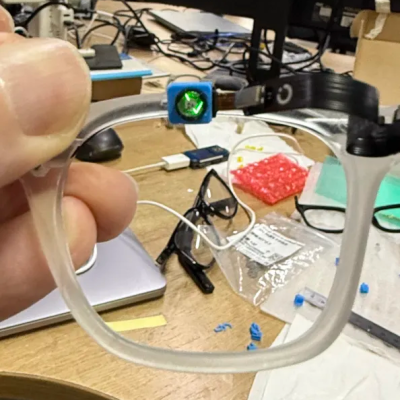The wait is over — once this post hits the front page, ticket sales for the 2025 Hackaday Supercon will officially be live!
As is tradition, we’ve reserved 100 tickets priced at $148 (plus fees) for what we like to call the True-Believers. Those are the folks that are willing to sign up even without knowing who will be speaking or what this year’s badge looks like. Once those are sold out, the regular admission tickets will cost $296 (plus fees). We might be slightly biased, but even at full price, we like to think Supercon is a screaming deal.
Those who join us in Pasadena, California from October 31st through November 2nd can look forward to a weekend of talks, workshops, demos, and badge hacking. But what’s more, you’ll experience the unique sense of camaraderie that’s produced when you pack hundreds of hardware hackers into an alleyway and ply them with as much caffeine as they can handle. Some treat it like a normal hacker con, others as a social experiment, but nobody thinks of it as anything less than a fantastic time.
We’re still working closely with our friends at Supplyframe, DigiKey, and Framework to put together a full itinerary for Supercon 2025, so stay tuned over the coming weeks as things are finalized. But in the meantime, we’ve got a couple new additions this year that we’re pretty excited about.


















